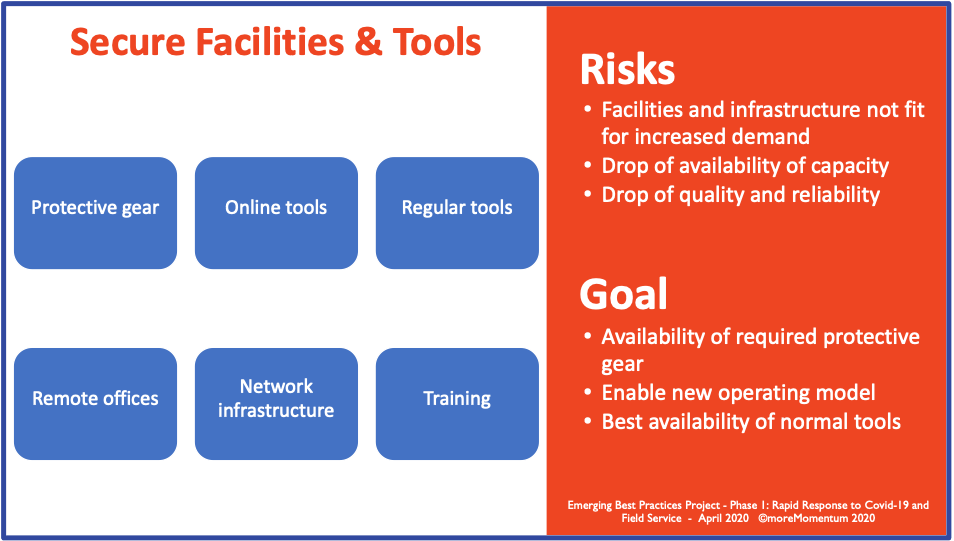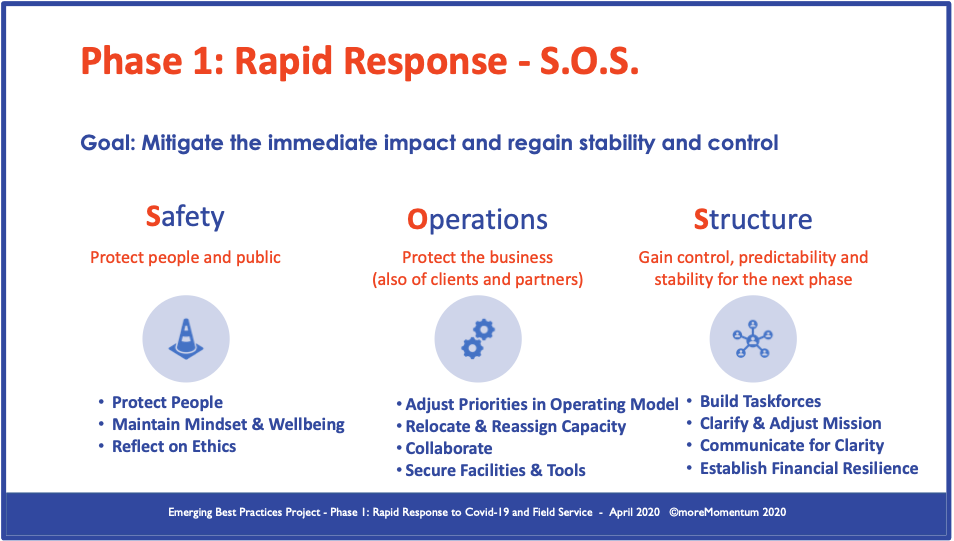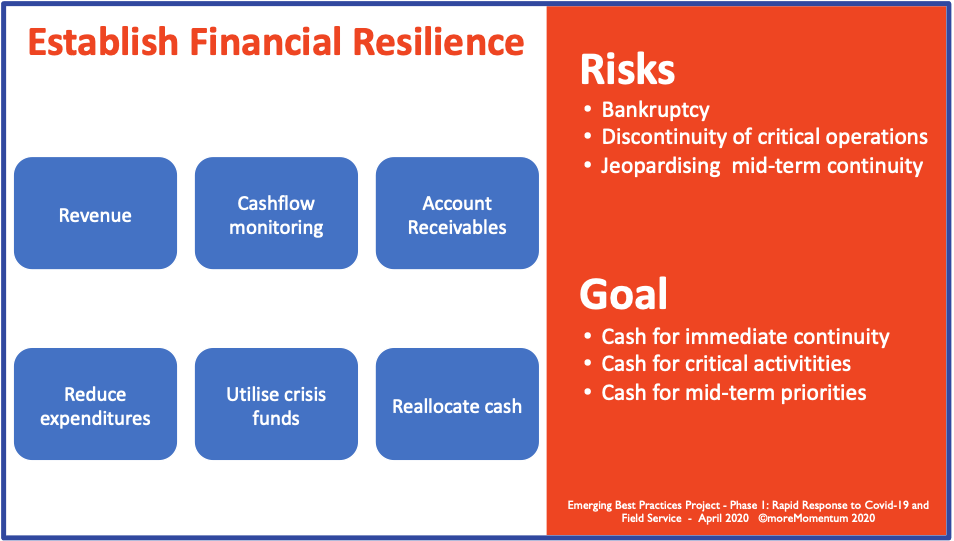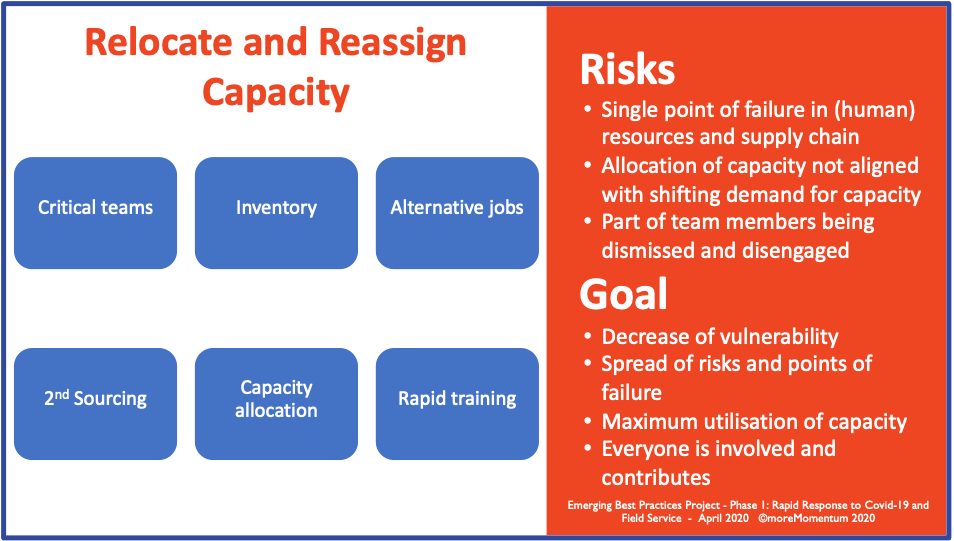Establish Financial Resilience during Covid-19
During a crisis, one of the biggest threats for companies is going bankrupt due to lack of cash to cover the immediate expenses. This bankruptcy can...

In times of crisis, you may have high demands for a specific critical gear or tool, to secure safety or accommodate a potential increase of demand from your clients. On the other hand, capacity, supplies and logistics of these gears and tools may be impacted and limited. Therefore, securing the availability of certain facilities and tools will be critical for safety of people and business continuity.
COVID-19 as well as measures from national governments and individual companies will impact your business and the business of your clients, vendors, partners and service providers. What kind of impact and the extent thereof depends on your industry and varies per country and in time.
Whatever the situation is for your business, it will require some serious adjustments to meet the changing demand, to secure the continuity of support to your clients and to secure the continuity of your operations.
This is one of the 3 main sections from the "Ultimate Guide for Phase 1 - Rapid Response to Mitigate the Immediate Impact of Covid"

Regarding Secure Facilities & Tools:
Risks to address
Goal
Main aspects
Protective gear
Adequate gloves, masks, face-protectors and protective cloths to avoid infections are critical to continue operations during an infection crisis and probably also while the restrictive measures are slowly being relieved. We still need to be careful not to spread the virus.
It is extra challenging to secure these items as we face a global scarcity of personal protective equipment, see a prioritisation for deliveries to the healthcare sector and equipment entering the market which may not meet the safety requirements.
Online tools
Online tools, to support working from home and giving support to clients from a distance are crucial.
The need for these tools sky-rocketed in many businesses across the world at the same time. So far, there appears not to be a huge challenge. Service providers can ramp up capacity quite well and support the community with low barrier solutions to get started rapidly.
Regular tools
Depending on the type of industry and the adjustments you made in your operating model, you may experience challenges to have regular tools available at the right capacity at the right time and have them calibrated.
Remote offices
For many people in many roles in different regions, working from home was not normal. Their homes are not equipped to work from home on a daily basis. They need to have a desk, chair, headset, camera, noise cancellation and a local network.
Network infrastructure
With the dramatic increase of working online from homes or from offices, with clients in various locations it is a challenge to have adequate bandwidth and low latency from point-to-point. This has to be managed adequately to allow a proper functioning of the new way of working.
Training
Team members of your own business, your client’s business, partners and subcontractors may need to adjust to a (temporary) different role. They may also need other skills during the crisis (e.g. for supporting anxious, concerned and angry clients over the phone).
As a result the demand for training may increase and shift in focus and the training has to be delivered online (online content, online videos, online coaching/workshops). This requires new tools and skills.
Download the full Guide for Phase 1 - Rapid Response
Subscribe for the our Impulse Letter
With regular updates about service news, trends and best practices.

During a crisis, one of the biggest threats for companies is going bankrupt due to lack of cash to cover the immediate expenses. This bankruptcy can...

The biggest mistake we can make is being stuck in business-as-usual and operational thinking. The big opportunity to thrive during and after this...

In the past decades, an important focus used to be efficiency and scalability. This has led to consolidation and concentration of many functions,...